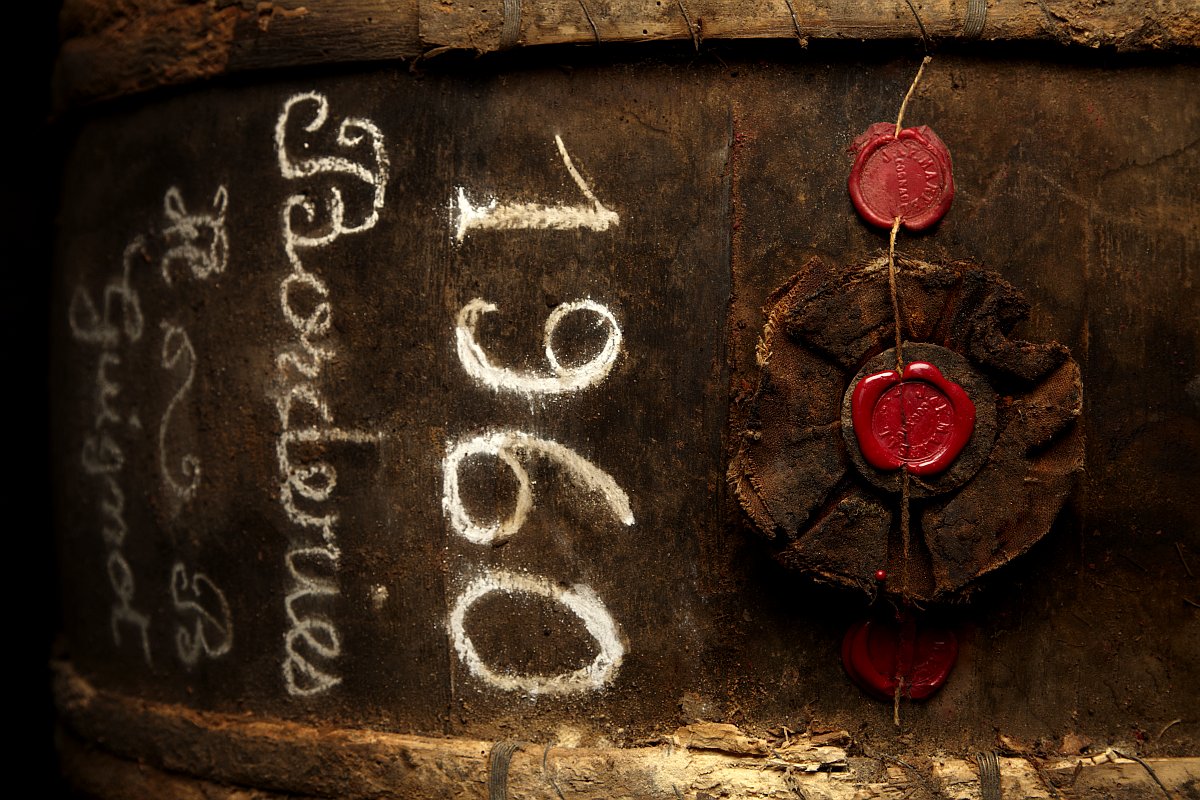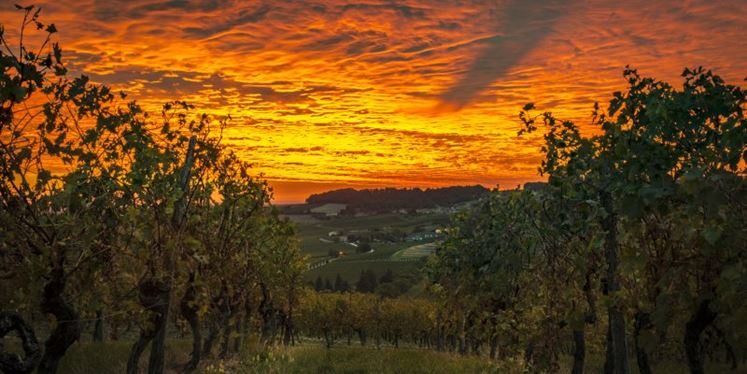
With a range of differing styles and with eaux-de-vie sourced from across the region, the big four are the perfect entrypoint into the world of Cognac.
Hennessy

Hennessy is the largest producer of Cognac and has been the dominant force in the region for more than 200 years – about a quarter of the Cognac sold in the world today is Hennessy VS. It was founded in 1765 by Richard Hennessy, an Irishman who settled near the town of Cognac. The company remained in his family’s hands until the 1970s, when it merged with Moët and Chandon, forming the drinks part of what is now LVMH – Louis Vuitton Moët Hennessy – one of the largest luxury goods companies in the world.
The house style is guarded by the Fillioux family, now into its eighth generation of cellar masters for Hennessy. Yann Fillioux, maybe the world’s best-known maître de chai, stepped down in 2017 and handed responsibility for the creation of Hennessy’s Cognacs to his nephew, Renaud Fillioux de Gironde. The house’s style is rich and oak-led for its younger Cognacs. This helps explain the popularity of Hennessy VS – it’s got enough body to survive being used in mixed drinks. However, the longer-aged Cognacs are more refined and elegant, with years of development creating complexity.
Rémy Martin

Rémy Martin is named after the company’s founder, a wine grower who moved into trading Cognac in 1724. Unlike the other big houses, Rémy Martin exclusively uses Cognac from Grande and Petite Champagne – the top growing areas in the region – and is the pioneer of Fine Champagne: a blend of at least 50% Grande Champagne with the rest from Petite Champagne.
The house style is all about full-bodied flavour. It starts in the spirit, with distillation on the lees – rather than filtering out the leftover yeast and other solids found in the wine, Rémy leaves it in, adding extra depth and complexity to the new spirit. Along with that, increased use of new oak in the early parts of ageing give an accelerated kick of woody character. The result is a range of robust and concentrated Cognacs with lots of both oak and spirit character – a good place to start for whisky drinkers.
Martell

Founded in 1715, Martell is one of the oldest surviving Cognac houses, and, along with Hennessy, one of the most influential producers of the past 300 years. The company was family owned until the 1980s, when it was bought by Seagram and later incorporated into the portfolio of Pernod-Ricard, France’s largest drinks company.
Since the beginning, Martell has focused on doing its own thing, working with lightly flavoured spirits and tightly grained Tronçais oak to create elegant and dry Cognacs. The house style focuses on spirit from the Borderies and Fin Bois areas, nutty, floral and fruity in character, giving the cellar master scope to create a range of flavours. Martell’s most famous creation is Cordon Bleu, a blend that focuses on Borderies spirit and the floral side of its character.
Courvoisier

Founded in 1809, Courvoisier is the youngest of the big four. It is also both the most recent addition to their ranks and the smallest of the group. Unlike the rest of the big houses, Courvoisier doesn’t own any vineyards and only has a very small distilling operation. Instead, the company has contracts with producers across the region, giving it a wide range of styles of wine and spirit to work with. Courvoisier also has some of its spirit distilled on the lees, giving it a selection of richer eaux-de-vie to work with.
The rich spirit is where the house style starts – rich, rounded and bold, with spicy notes. The master blender tweaks that style across the range, using Cognacs from Borderies to emphasise floral and nutty notes or from the other areas to bring out more floral and fruity character.
All four of the largest producers will be at The Cognac Show 2018, giving guests the chance to taste their way across their varied flavour profiles. Make sure you have your ticket.
This article was adapted from The Whisky Exchange Blog.

